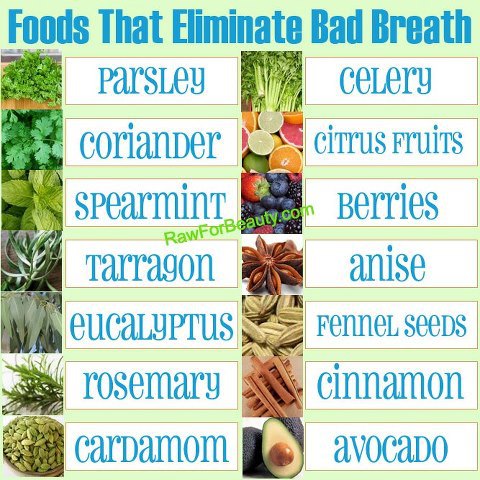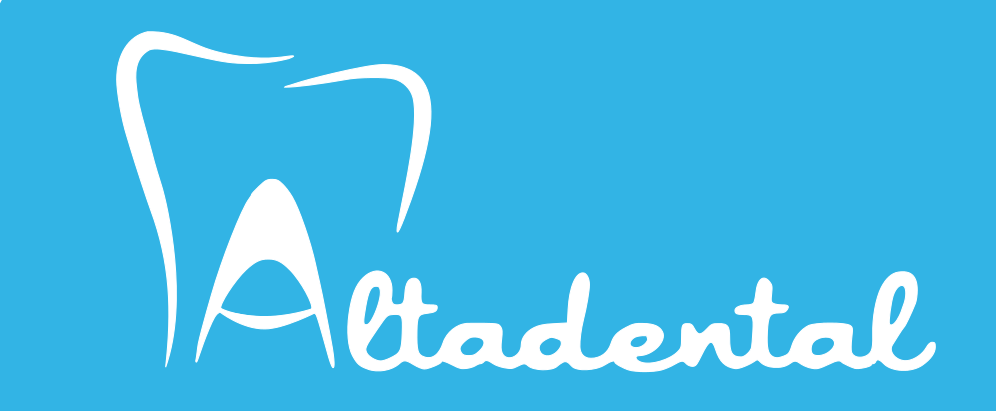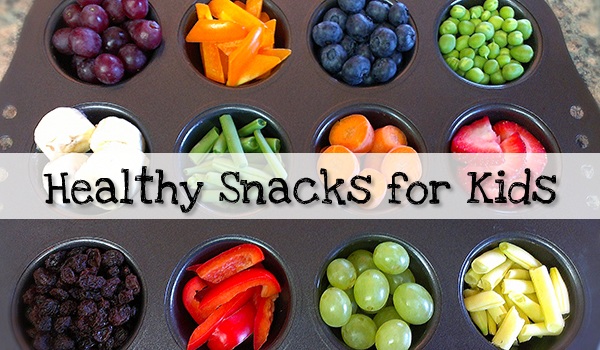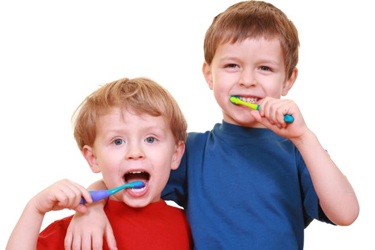
- Tips to a Successful Dental Checkup
- Encourage Age-Appropriate Dental Habits at Home
- Healthy Snacks for Kids
- Snacking tips
- Why Healthy Teeth are Important
- Plan Ahead and Leave Your Anxiety at The Door
- A Hungry Child is Not a Happy patient
- Timing is Everything
- Keep Cool if Your Child Won't Cooperate
The best kind of checkup is a cavity-free checkup. Moms and dads can help make this happen by encouraging kids to brush twice a day for two minutes and floss once a day.
-Fruits and vegetables. Combined these should be half of what you eat every day. -Grains. Make sure at least half of the grains you eat are whole grains, such as oatmeal, whole wheat bread and brown rice. -Dairy. Choose low-fat or fat-free dairy foods. -Lean proteins. Make lean protein choices, such as lean beef, skinless poultry and fish. Try and vary your protein choices to include eggs, beans, peas and legumes, too. Eat at least 8 oz. of seafood a week.
Snacking is hard to resist but you can do your mouth a favor by watching the amount of soda, juice or other sweetened beverages you drink. If you want a snack, try and choose something like fruit, low-fat cheese, yogurt or raw vegetables. If you chew gum, make sure it’s sugarless. Certain sugarless gums have earned the ADA Seal of Acceptance for helping prevent cavities by strengthening teeth. Look for the ADA Seal on the package.
It's because your teeth are important in many ways. If you take care of them, they'll help take care of you. Strong, healthy teeth help you chew the right foods to help you grow. They help you speak clearly. And yes, they help you look your best. How does taking care of your teeth help with all those things? Taking care of your teeth helps prevent plaque, which is a clear film of bacteria that sticks to your teeth.
Regular dental visits are important year-round, but a back-to-school checkup is key in fighting the most common chronic disease found in school-age children:cavities. In fact, dental disease causes children to miss more than 51 million school hours each year.
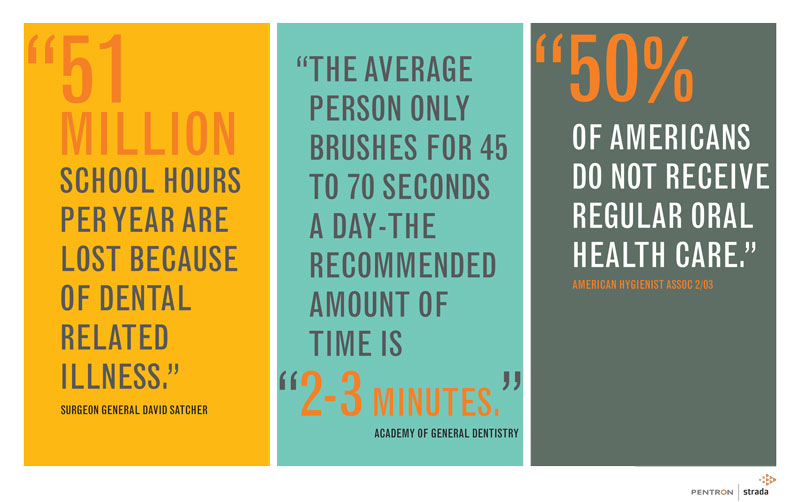
8 Tips to a Successful Back-to-School Dental Checkup
Between cookouts, camping trips and everything else on your family’s summer bucket list, it’s easy for school to sneak up on you. Unfortunately, many parents may not think about making that appointment until August, which Dr. Hayes says is one of her busiest times. “The rush is pretty intense,” she says. Give yourself enough time by making it a habit to call when your child gets her spring report card each year. “Planning ahead is good,” Dr. Hayes says. “If families want to avoid the rush to go back to school in August, then plan on getting appointments for the beginning of the summer.”
Time of day can make or break your child’s appointment. “It’s important for a child of any age who’s used to a nap to not schedule during naptime,” she says. If your child is always cranky after waking up, factor that in too. For older children, avoid cramming in a dentist appointment right after day camp or school. “Not all kids have the energy to do that,” she says. “I will have parents who want to do very elaborate operative work after school because that’s when the kids can come out. But if the child has already been exhausted or had a bad day or had tests, they just don’t have the stamina to make it through the appointment successfully.”
If your child gets upset during her visit, the worst thing you can do is swoop them out of the chair and leave. “The next visit is going to be harder,” Dr. Hayes says. “You still have to help them get through part of the visit.” First, assess why your child is acting out. Are they truly afraid, or are they trying to test the situation? “One of the reasons I think a 4, 5 or 6-year-old gets upset is because they think they’re going to be asked to do something they can’t be successful at,” she says. “They’re in an environment they feel they can’t control and that makes them upset, so we try to break it down into small steps.” Then, work as a team with your dentist to keep the visit going.
Feed your child a light meal before the appointment. “Hungry people are grouchy people. You want them to be comfortable,” she says. “It’s also generally a good idea not to feed them in the waiting room before you see the dentist because there’s all that food in [their mouth].” Bonus points if your child brushes before an appointment. “It’s polite,” Dr. Hayes says.
If your heart races at the very thought of the dentist, your child can probably tell. “Kids pick up on parents’ anxiety,” Dr. Hayes says. “It’s important with kids, especially at 4, 5 and 6, because I believe the phobic adults are the ones who had bad experiences when they were that age.” The younger your kids are, the more you need to be aware of how you’re communicating with them. For example, if your child asks about getting a cavity filled, don’t say, “It will only hurt for a little bit.” Instead, encourage your child to ask the dentist. “With any child, you want them to be able to feel successful at accomplishing a good visit and link that positive feeling with the idea that their teeth are strong and healthy so they have that message going forward for the rest of their lives.”
Accidents can happen whether your child is in sports camp, gym class or just walking down the street. In case of emergency, make sure your child’s teachers and coaches have all the medical contact information they need – including your dentist’s number. Grab business cards for your wallet, your child’s backpack and your school’s files. “Parents should be very aware of accidents and make sure that wherever they go that they bring the number of their dentist so that if a child has an accident, they can certainly call the office,” Dr. Hayes says.

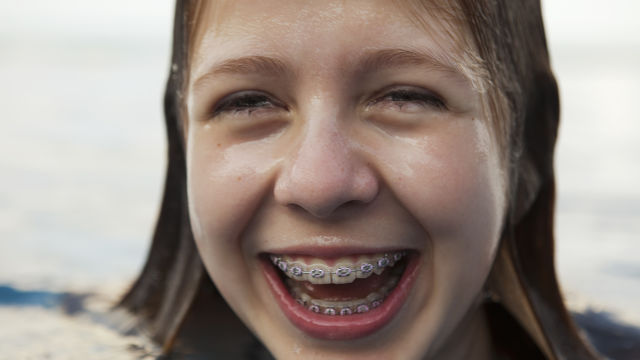
Healthy Lunch Ideas When You Can’t Brush Your Teeth

9 Causes of Bad Breath in Children
Encourage Age-Appropriate Dental Habits at Home
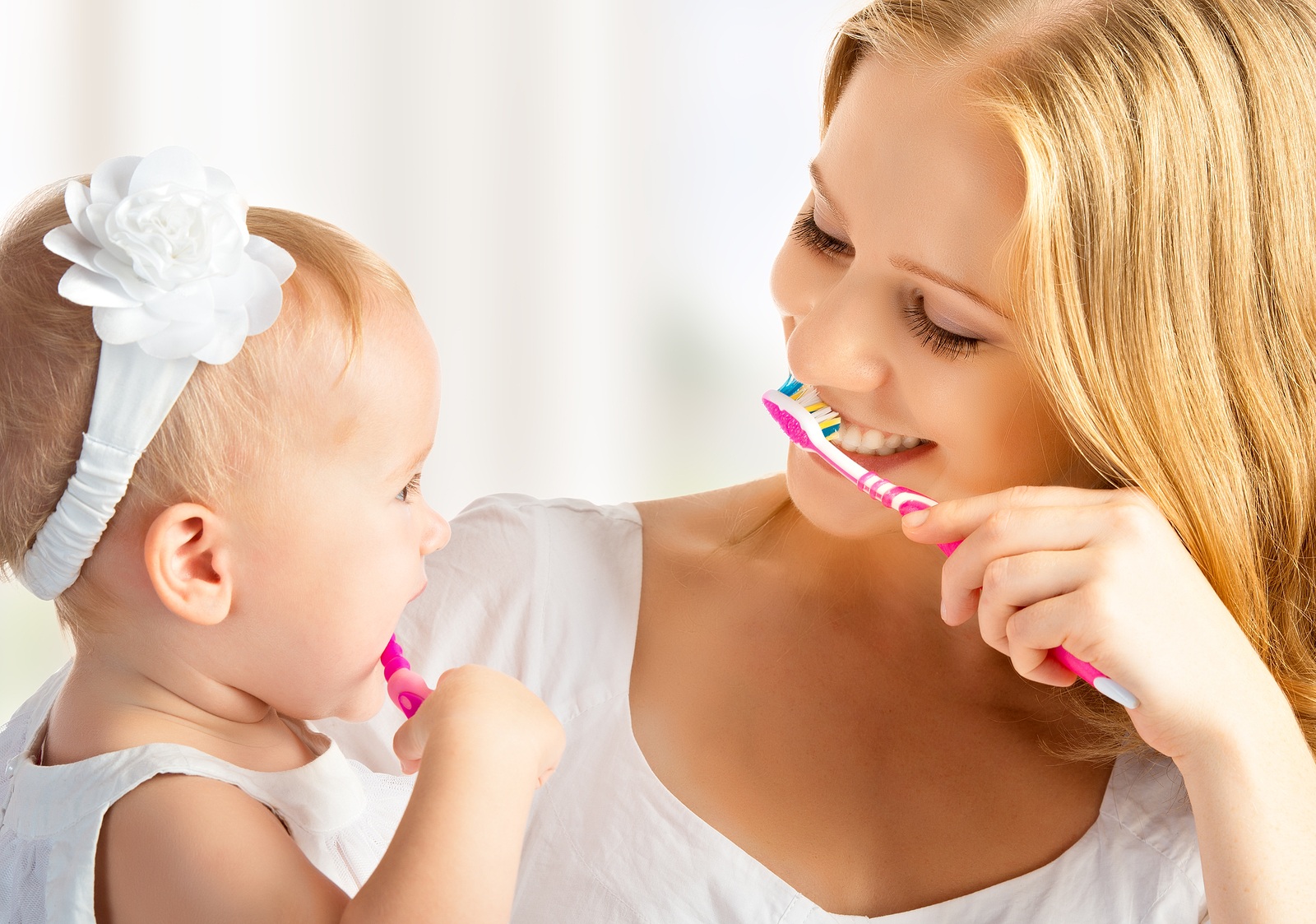
The best kind of checkup is a cavity-free checkup. Moms and dads can help make this happen by encouraging kids to brush twice a day for two minutes and floss once a day. Here’s Dr. Hayes’ age-by-age advice:
At this age, your child might want to do all the brushing herself but doesn’t have the fine motor skills needed to do a thorough job. Let them start and jump in when needed. “During that age, the mouth is changing so much that children who are 5 or 6 are often brushing their teeth in the way they were when they were 2 or 3,” Dr. Hayes says.
By now, your child knows what to do, she just might not want to. Keep encouraging healthy brushing and flossing habits. “Be aware of the fact that sometimes you have to take over a little bit more,” she says. “By the time they’re teenagers, they’re starting to understand self-care, accountability for their actions and such.”
Dr. Hayes says this is a critical time for dental health. “When you look at research for when caries appear in kids, it tends to be in young kids. But another bump-up time is teenage years and early adulthood,” she says. “Part of this has to do with the fact that teenagers may have gone for many years and never had a cavity. They don’t necessarily take care of their teeth because they don’t see the consequence of not Don’t let your teen’s habits become out of sight, out of mind. “The behaviors of the teenager are going to translate into the 20-year-old. We want to be able to support them and be respectful of them because they’re not kids anymore.”.”
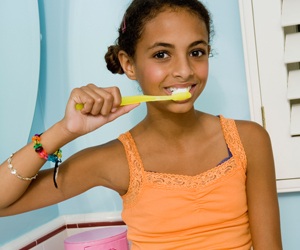
Dental Care Tips for Preteens

Healthy Dental Habits for Preteens
7 Bad Brushing Habits That Can Damage Your Teeth
According to MyPlate, a website from the Center for Nutrition Policy and Promotion, an agency of U.S. Department of Agriculture, a balanced diet should include:
- Fruits and vegetables. Combined these should be half of what you eat every day.
- Grains. Make sure at least half of the grains you eat are whole grains, such as oatmeal, whole wheat bread and brown rice.
- Dairy. Choose low-fat or fat-free dairy foods.
- Lean proteins. Make lean protein choices, such as lean beef, skinless poultry and fish. Try and vary your protein choices to include eggs, beans, peas and legumes, too. Eat at least 8 oz. of seafood a week.
Snacking tips:
- Snacking is hard to resist but you can do your mouth a favor by watching the amount of soda, juice or other sweetened beverages you drink.
- If you want a snack, try and choose something like fruit, low-fat cheese, yogurt or raw vegetables.
- If you chew gum, make sure it’s sugarless. Certain sugarless gums have earned the ADA Seal of Acceptance for helping prevent cavities by strengthening teeth. Look for the ADA Seal on the package.
If you have braces: Good oral hygiene is especially important for people wearing braces. Your dentist may recommend avoiding certain foods that could interfere with braces or accidentally bend the wires. These foods may include nuts, popcorn, hard candy, ice and sticky foods like chewing gum, caramel or other chewy candy.
